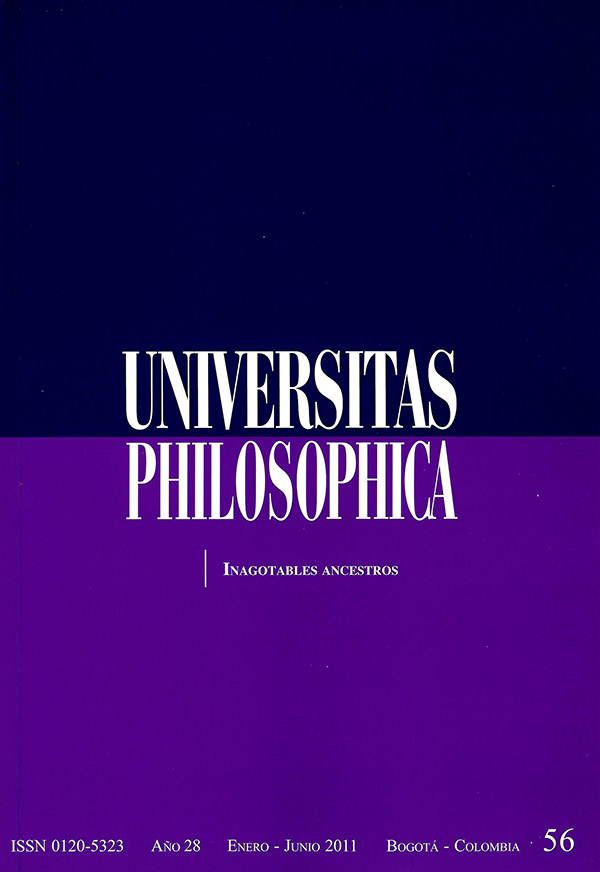Abstract
The doctrine of the imago Dei in Augustine’s thought is crucial to understand his intellectual and personal development and to grasp the theological and anthropological deployment took place later. This doctrine runs through his mind, but it has its largest deployment in the treatise De Trinitate. Augustine’s meditation about the human being is guided by understanding Christianity has had of man as imago Dei from the words of the Creator in the creation account: “let us make man in our image and likeness” (Gn 1, 26). The saint undertakes to clarify the doctrine of the imago Dei, because there are great chasms in the Catholic understanding of man as an image of the Trinity. The Hiponense wishes to restore the image of God in man as a goal of his doctrine of the imago. What we now embark on is a reflection on this doctrine, showing how it is possible to develop a comprehensive anthropological conception from the Augustinian meditation. As anthropological consequences of this doctrine the man himself inadecuatio and ipse-identity characteristics of the imago Dei are exposed.
This journal is registered under a Creative Commons Attribution 4.0 International Public License. Thus, this work may be reproduced, distributed, and publicly shared in digital format, as long as the names of the authors and Pontificia Universidad Javeriana are acknowledged. Others are allowed to quote, adapt, transform, auto-archive, republish, and create based on this material, for any purpose (even commercial ones), provided the authorship is duly acknowledged, a link to the original work is provided, and it is specified if changes have been made. Pontificia Universidad Javeriana does not hold the rights of published works and the authors are solely responsible for the contents of their works; they keep the moral, intellectual, privacy, and publicity rights.
Approving the intervention of the work (review, copy-editing, translation, layout) and the following outreach, are granted through an use license and not through an assignment of rights. This means the journal and Pontificia Universidad Javeriana cannot be held responsible for any ethical malpractice by the authors. As a consequence of the protection granted by the use license, the journal is not required to publish recantations or modify information already published, unless the errata stems from the editorial management process. Publishing contents in this journal does not generate royalties for contributors.


